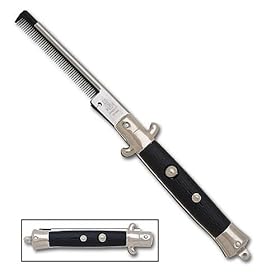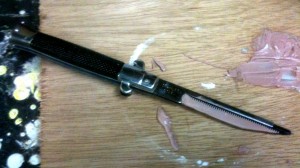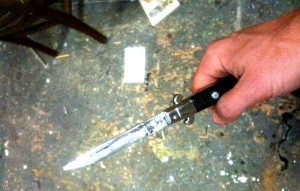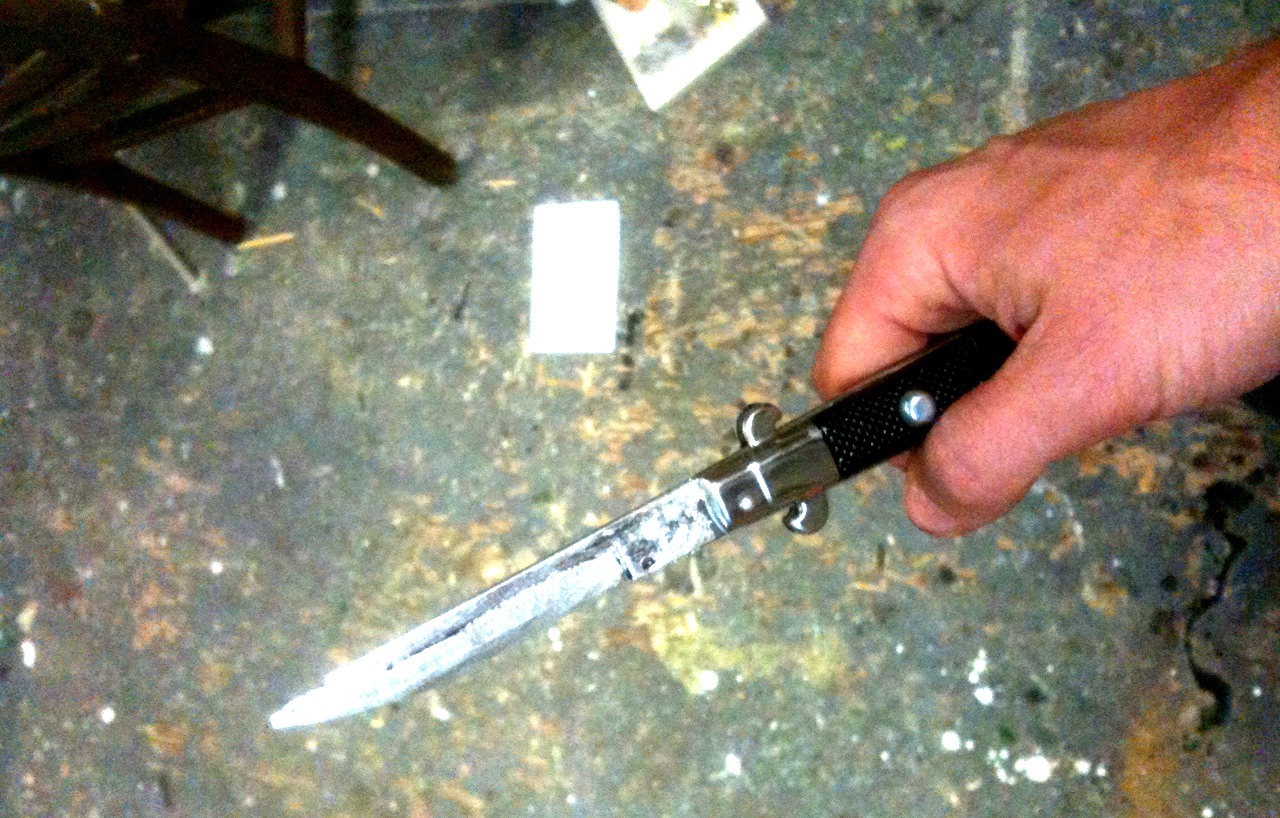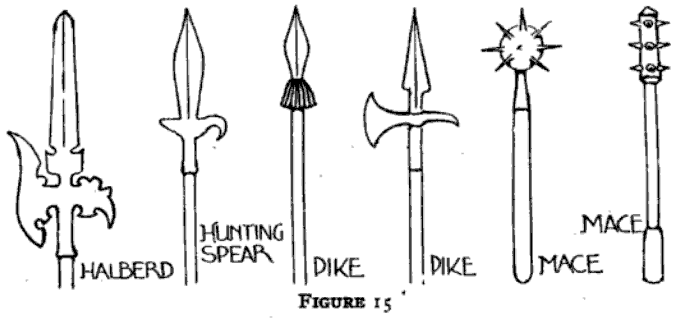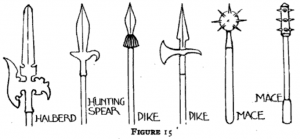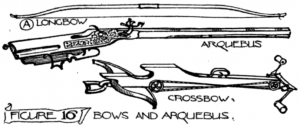There’s an interesting post over at Controlbooth.com about the correct handling of prop guns.
What makes this a success is that we SEVERELY LIMIT who touches the guns, how, where, and when. Guns are NEVER ‘dry fired’. That is, fired without a live round in ’em. In our world, if you pull the trigger, you are doing it for real every time. If you’re not doing it for real, your finger does NOT even go inside the trigger guard, and there will still be no live round in it. If the weapon fails to discharge, you DO NOT get to try again. You re-holster it, and move on.
This is, of course, important stuff for every props person to know, especially with a number of incidents that have happened in the past year, which are also linked to from this site.
Knives are another prop where safety is important. About a month ago, I ran across this article: Actor slices neck on stage in prop mixup.
Hoevels, whose character was to commit suicide, had been given a real blade instead of a harmless prop, London’s Telegraph newspaper reports.
As he collapsed with blood spurting from his neck, the audience started to applaud not realising Hoevels was not acting.
The Santa Fe Opera has at least one knife or sword in every show. Drew Drake, the former head props carpenter, taught me that whenever the props supervisor, run crew, or a stage manager placed a blade on your work table, you should drop everything you’re doing and immediately dull the sharp edge. By doing that, you ensure that you don’t forget about it, or worse, you leave it for later only to find someone has taken it off your table and brought it up to stage without checking the blade’s sharpness.
If you don’t have proper safety procedures for dealing with weapons on stage, then you have no business using them. There are already enough things in theatre that can cause injury.
